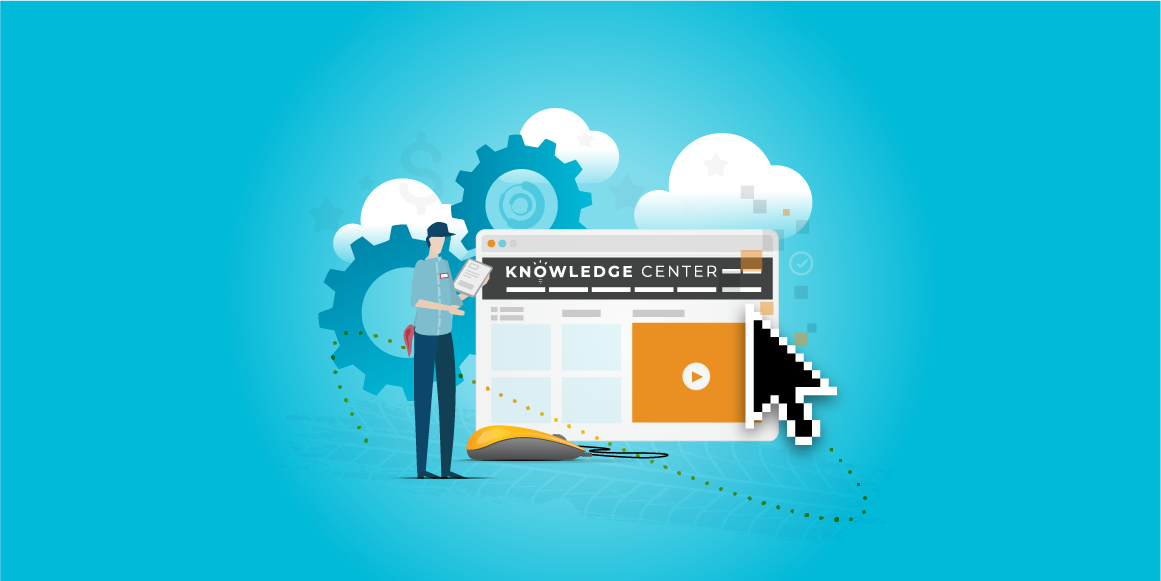Do you have a strategic plan to increase product knowledge among your channel partners? If you want your partners to get behind you and more effectively sell your products, it’s vital that they know and understand your products almost as well as you do.
Of course, they won’t always be motivated to sell for you. Especially if they’re not just selling for you, but also for a few of your competitors. But if you can offer these channel partners some type of incentive for pursuing targeted corporate eLearning and enablement behaviors, then you give them a reason to become more familiar with your offerings, which can lead to a significant competitive advantage.
In the end, the idea is to focus on two things. Motivate the behaviors and activities that lead to better relationships with sellers and buyers. And increase overall engagement with your brand. Both start with better competency, and end with a more loyal customer base and a more effective sales force.
Mindshare Always Matters
Capturing mindshare is just as important as knowing the nuances of a product. Often times, your buyers or sellers will have multiple options when they go to buy or sell.
One commonly overlooked aspect of a strategy to increase product knowledge is increasing engagement with your brand. To do this, simply getting your brand in front of your audience can be a real difference-maker. However, in a world that’s increasingly going remote, with innumerable sources battling for our attention, this can be harder than it seems.
But a good place to start is by creating a robust omnichannel ecosystem that has multiple customer touchpoints. These could occur via everything from annual in-person training sessions to weekly low-stakes social media outreach efforts. The result, regardless, is keeping your brand top-of-mind for your audiences—winning mindshare, and thus, market share.
How Does It Work?
This may be stating the obvious, but the most common way to increase product knowledge among your channel partners today is through a corporate eLearning initiative.
These tend to focus on rewarding non-sales activities like deal registration, training, certifications, content consumption, and so on. They’re often packaged via training videos or online modules that include a short, incentivized quiz at the end.
We’ve also seen examples of white papers or newsletters that include “Easter eggs”, usually embedded promo codes that readers can then redeem for additional points in their existing points program. This tactic can also serve the dual purpose of measuring how many people are actually consuming your content, not simply clicking on a link or an attachment.
But there’s more to a good product knowledge strategy than simply creating a bunch of digital content and pushing channel partners to consume it. For starters, learning and enablement doesn’t necessarily have to be online.
It depends on the number of channel partners you’re trying to educate. But a combination of virtual training and in-person training can be a great way to provide important product knowledge. At the same time, it can also offer valuable opportunities for face-to-face interactions with your customers.
Everything (including training) is clearly trending digital for the sake of convenience and scale. But the importance of face-time (rather than FaceTime) when it comes to training and marketing shouldn’t be overlooked.
This could mean onsite training—where a vendor rep physically visits individual partner locations or customers—or training at a localized event such as a trade show or user conference. In either case, these face-to-face interactions can be strategically organized as a means to build trust and loyalty, while also providing key insights and personal down-channel feedback that a vendor might otherwise not receive.
And there are still other, more unique training methods that are out there and being developed.
For example, one that’s becoming increasingly popular is the use of immersive experiential learning activities during meetings and events. Many people tend to learn better by seeing and doing rather than by simply reading. As a result, experiential learning activities may appeal to an untapped segment of your audience with alternative learning styles.
Finally, yet another face-to-face product training option we’ve seen, for example in the HVAC space, is the development of manufacturer training centers. These offer localized customers the opportunity to learn about things like new warranties or how to install new products through sponsored “lunch-and-learns” and other low-key events.
These training centers are obviously viable in targeted areas rather than across-the-board, but the principle of offering a hybrid approach to learning and enablement remains the same.
Not All Training Is Created Equal
But there’s more to this than just the modality (online vs. in-person) of your product knowledge strategy. Another important aspect to consider is the shape and structure of the content to be consumed.
We’ve already highlighted online quizzes and experiential learning as two popular methods for testing and transmitting knowledge. But if we focus for a second on the online element, it quickly becomes apparent that not all content is created equal.
For example, there may be no amount of bonus points you can offer to your customers that will get them to read a dry and text-heavy 50-page manual for installing a new product.
Likewise, your partners may have a hard time carving out two hours straight during their busy workday to watch a live, nonessential webinar or training video. For these and other reasons, it’s important to create content that’s the right size—whether that means the length of a video, the number of slides, or the amount of text.
Take the classic example of TED Talks. Based on research done by TED, the maximum length of a talk is 18 minutes. And apparently, TED takes this limit pretty seriously.
The reasoning behind this 18-minute rule involves neuroscience and terms like “cognitive backlog,” but the idea is simple: the brain has a hard time staying focused and engaged as time wears on. Eventually these diminishing returns reach a breaking point, where the brain no longer fully tunes into what’s being presented.
To get the most out of your product knowledge initiatives, it’s important to make your content consumable—that is, bite-sized rather than all-you-can-eat.
This can be done by breaking down a particular product training session into small modules that take between 15-45 minutes to complete. In other words, a series of short videos or articles in a PRM or Ecosystem Orchestration Platform will be much more likely to get viewed than something that requires a long, continuous time commitment.
Prioritizing content is also key. You may have 50 modules about your products, but if only a dozen apply to a particular segment of your customer or partner base, they may decide the entire thing isn’t worth their time. Therefore, you need to understand who your audience is and how best engage with them. This will help you prioritize your content according to their particular profiles.
For instance, if a segment of your channel partners typically sells your industrial supplies rather than your residential supplies, then you’ll want to consider tailoring learning materials specifically for the industrial sector of your SKUs.
It seems like common sense, but failing to recognize audience segments or overlooking their specific sales trends is a surefire way to produce misguided product content that lacks engagement.
Ultimately, all of this points to one thing. If you can decrease partner effort, you can improve the partner experience. And if you can improve the partner experience, you can drive engagement—and loyalty.
Keep It Social
Finally, another learning and enablement strategy that’s beginning to gain traction involves building an online community of customers or channel partners, one that allows them to exchange knowledge-based testimonials, anecdotes, and advice to one another.
This controlled, members-only group provides a peer-to-peer network where individual members can ask questions and share notes and ideas. This sharing can benefit not only the individuals who share and respond, but the community as a whole.
There are a number of vendor benefits to developing this kind of community. First, it fits with a workforce that is trending younger, as millennials are more likely to trust product reviews and recommendations that come from outside the company producing them than are older generations.
In other words, hearing this kind of information from someone other than you can go a long way in building trust and confidence in the quality of the products.
Furthermore, providing a peer-based community to share product knowledge can help with enabling and promoting your brand. The social element—getting your channel partners to share useful case studies with one another, for example—can serve to evangelize for your products and the value they can provide.
Brand advocacy doesn’t happen overnight, and there may be a number of steps needed before a functioning community can really take root and prosper. But as your strategy matures you can start to think about this type of promotion as an organic means of increasing brand engagement and trust.
Lastly, manufacturers can help themselves by cultivating these communities through the rewarding of various social behaviors, such as posting a product review or sharing a testimonial. This type of rewards structure can be seamlessly integrated into an existing incentive platform, allowing certified community members to earn and/or be recognized for their contributions.
Conclusion
These are just a few of the things vendors should be considering when looking to increase product knowledge in their partner channels. But regardless of the method, as products and services become more sophisticated, learning and enablement strategies will need to find ways to keep these partners ahead of the curve—and ahead of your competitors.
By doing a lot of the heavy lifting for them—in terms of creating, curating, and delivering valuable content—vendors can arm their channel partner networks with the tools they need to turn knowledge into profit.






